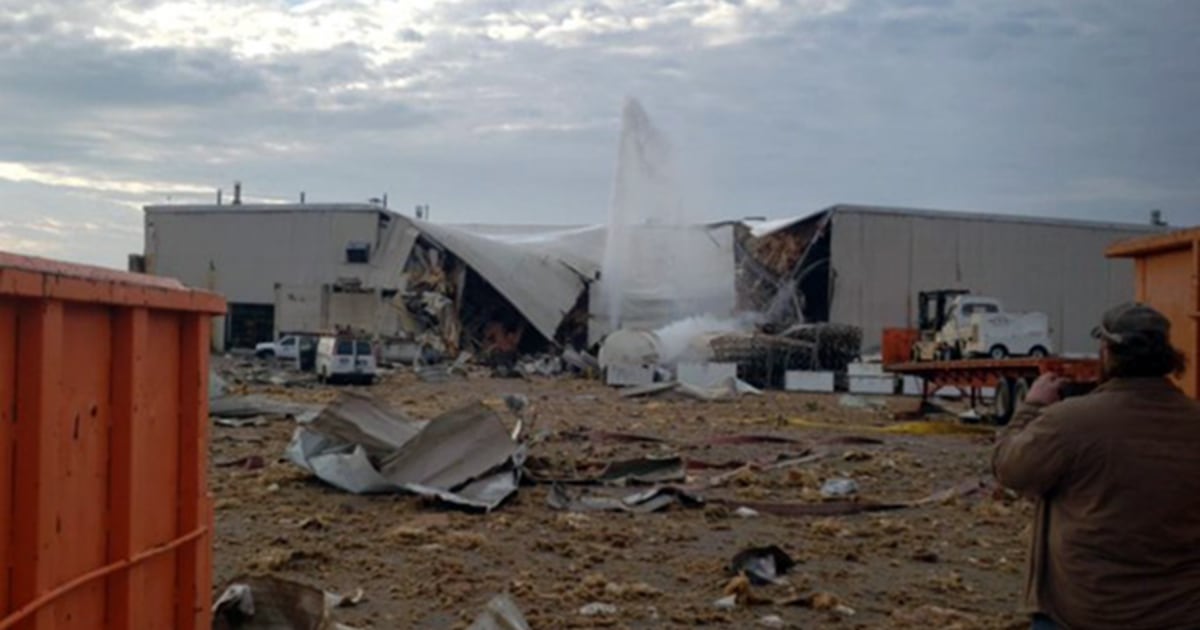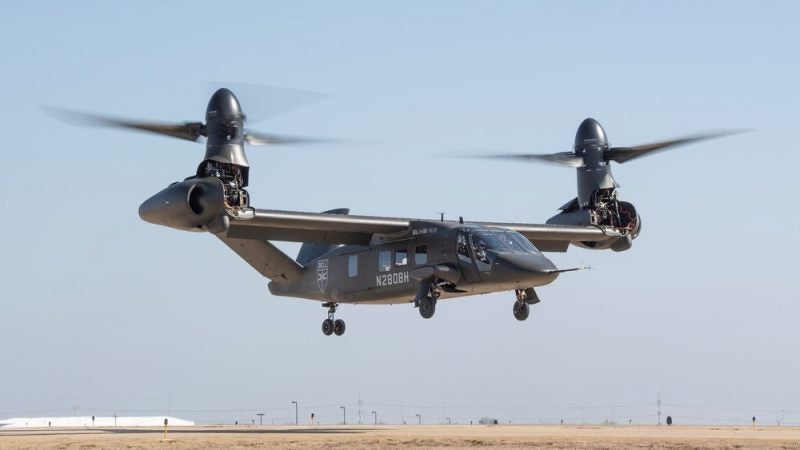- Joined
- 24 November 2008
- Messages
- 1,549
- Reaction score
- 2,612
The rotors (turning) are four feet wider than H-60.
Are you sure about that? As far as I know the V-280's rotors are 35 ft each and the UH-60's rotor is 53 ft.
The rotors (turning) are four feet wider than H-60.
You are correct on the diameters, however that V-280 rotor diameters are at the end of a 20 foot-ish wing. In fairness to you I could be incorrect with my actual numbers as I don't recall where I got them at the moment.The rotors (turning) are four feet wider than H-60.
Are you sure about that? As far as I know the V-280's rotors are 35 ft each and the UH-60's rotor is 53 ft.
You are correct on the diameters, however that V-280 rotor diameters are at the end of a 20 foot-ish wing. In fairness to you I could be incorrect with my actual numbers as I don't recall where I got them at the moment.The rotors (turning) are four feet wider than H-60.
Are you sure about that? As far as I know the V-280's rotors are 35 ft each and the UH-60's rotor is 53 ft.
@ Sundog - I think the author has been made aware of his utter lack of brilliance.
In response to the above post, the author of the quote, not Cordy, of course these vehicles can't outrun Pantsir. Hell, no helicopter can outrun any missile. That's why we have counter measures. The speed of the vehicle doesn't have anything to with direct defense, but responsiveness to the battle. The author is the perfect example of institutional stupidity.
You are correct on the diameters, however that V-280 rotor diameters are at the end of a 20 foot-ish wing. In fairness to you I could be incorrect with my actual numbers as I don't recall where I got them at the moment.The rotors (turning) are four feet wider than H-60.
Are you sure about that? As far as I know the V-280's rotors are 35 ft each and the UH-60's rotor is 53 ft.
@ Sundog - I think the author has been made aware of his utter lack of brilliance.
Ceck your mathThe overall width must be at least 79 ft, to prevent those 35 ft rotors from slicing the fuselage.
Not going to argue since it might actally be wider. However since its length is something like 50.5 feet, it can turn sideways and be shorter than the width of an H60. Also, since it is a dual rotor like a Chinook, it is less effected by wind direction. So it can land sideways into the LZ. As stated elsewhere if this is an overriding issue, then the US Army should never have bought the H60 because it cannot land int the same restricted places as the H1 it replaced. However since this is a concern for less than 1% of the missions executed by Army utility rotorcraft, I don't think this will be a significant decision point.You are correct on the diameters, however that V-280 rotor diameters are at the end of a 20 foot-ish wing. In fairness to you I could be incorrect with my actual numbers as I don't recall where I got them at the moment.The rotors (turning) are four feet wider than H-60.
Are you sure about that? As far as I know the V-280's rotors are 35 ft each and the UH-60's rotor is 53 ft.
@ Sundog - I think the author has been made aware of his utter lack of brilliance.
Ceck your mathThe overall width must be at least 79 ft, to prevent those 35 ft rotors from slicing the fuselage.
I've made an illustration to clarify my point. Please note that a width of 79ft is the minimum, without any clearance of the rotors to the fuselage.

I am old enough to remember these arguments when UH-60 and AH-64 were the "new" phenomenally expensive high tech rotorcraft replacing reliable, dependable, less expensive UH-1 and AH-1. No, we did not replace them 1 for 1 then either. The Army had something like 5000 UH-1 on hand at the end of the Vietnam conflict. We traded them for ~2300 UH-60. There was then a wailing and gnashing of teeth at the horrible detriment to the Army of this outlandish decision.
Looking at the V-280's how easy does it fold/breakdown for air transportation??
Regards
Pioneer
Stephanie Harder, a spokeswoman for Beechcraft’s parent company, Textron Aviation, said the building that partially collapsed houses composite manufacturing and experimental aircraft operations.

Spirit Aerosystems manufactured the Valor fuselage.Here also. Autoclaves damaged. Still speculative relatively to the Valor:
More than a dozen injured in Kansas manufacturing plant explosion | One America News Network
Breaking News, Latest News and Current News from OANN.com. Breaking news and video. Latest Current News: U.S., World, Entertainment, Health, Business, Technology, Politics, Sports.www.oann.com
Imagine Spirit will remain core member of the Bell FLRAA team given how well things worked. I imagine Spirit is also looking for work since 737's are not selling well at the moment.
NothingThe prototype, yes. Don't know what would happen then.
Obviously, non-flyable airframe have to be airlifted when required. Thank you for the reminder, I should have included it in my reply.

